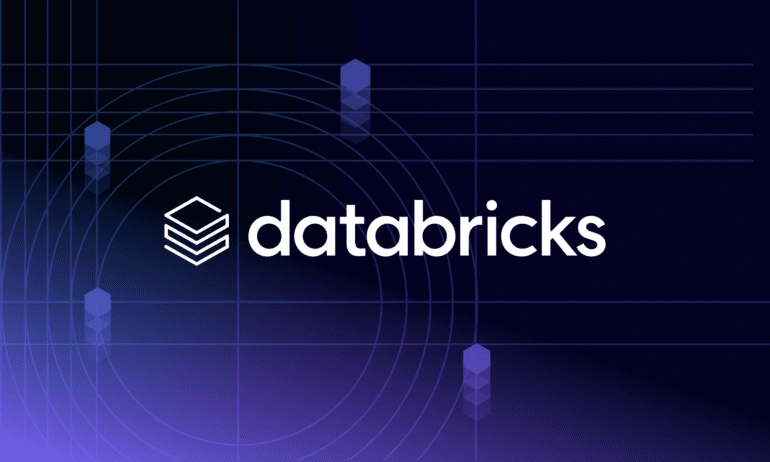- Databricks invests $10M in DBRX AI model to bolster its presence in the market.
- DBRX aims to compete with industry leaders like OpenAI’s GPT-4 but faces challenges in accessibility and usability.
- Steep hardware requirements hinder the widespread adoption of DBRX beyond existing Databricks customers.
- Databricks offers Mosaic AI Foundation Model as a solution to address accessibility issues.
- Despite improvements in processing speed and quality, DBRX falls short of surpassing established models.
- Concerns persist regarding DBRX’s reliability, safety, and susceptibility to biases in training data.
Main AI News:
Databricks, a major player in the tech industry, recently unveiled its latest endeavor, the DBRX generative AI model, aiming to enhance its presence in the market. With an investment of $10 million, the company sought to make a significant impact. However, despite its efforts, DBRX finds itself trailing behind OpenAI’s GPT-4, a testament to the competitive landscape in AI development.
In today’s business climate, strategic investments are crucial for companies looking to stay ahead of the curve. For Databricks, the decision to channel funds into developing DBRX reflects its commitment to innovation and technological advancement. Yet, as the unveiling of DBRX demonstrates, success in the highly competitive AI market is far from guaranteed.
DBRX represents Databricks’ foray into generative AI models, positioning itself alongside industry giants like OpenAI and Google. The model, available for both research and commercial use, offers promising capabilities, including language translation and conversation across various languages. However, despite its touted features, DBRX faces challenges in accessibility and usability, particularly for non-Databricks customers.
One of the key hurdles for potential users is the steep hardware requirements necessary to run DBRX effectively. With a minimum of four Nvidia H100 GPUs and significant memory capacity, accessing DBRX poses a considerable barrier for many developers and small-scale enterprises. Furthermore, the model’s reliance on proprietary infrastructure limits its appeal beyond existing Databricks clientele.
In response to these challenges, Databricks presents its Mosaic AI Foundation Model as a solution, offering managed services for running DBRX and other AI models. This initiative aims to address the accessibility issues associated with DBRX, providing customers with a pathway to leverage its capabilities more effectively.
Despite Databricks’ efforts to position DBRX as a viable competitor in the AI landscape, it faces skepticism from industry observers. While the model boasts improvements in processing speed and quality, it falls short of surpassing established models like GPT-4. Additionally, concerns remain regarding the model’s reliability, safety, and susceptibility to biases inherent in its training data.
Looking ahead, Databricks remains committed to advancing DBRX and exploring new avenues in generative AI. The company’s dedication to innovation underscores its ambition to remain at the forefront of technological development. However, with formidable competitors and lingering challenges to address, the road ahead for DBRX is fraught with obstacles.
Conclusion:
The unveiling of Databricks’ DBRX AI model underscores the company’s commitment to innovation. However, the challenges it faces in accessibility, usability, and competition with established models like GPT-4 raise questions about its long-term viability in the market. As the company continues to refine DBRX and explore new avenues in generative AI, it must address these challenges effectively to carve out a distinct niche and maintain its competitiveness in the evolving landscape of artificial intelligence.

